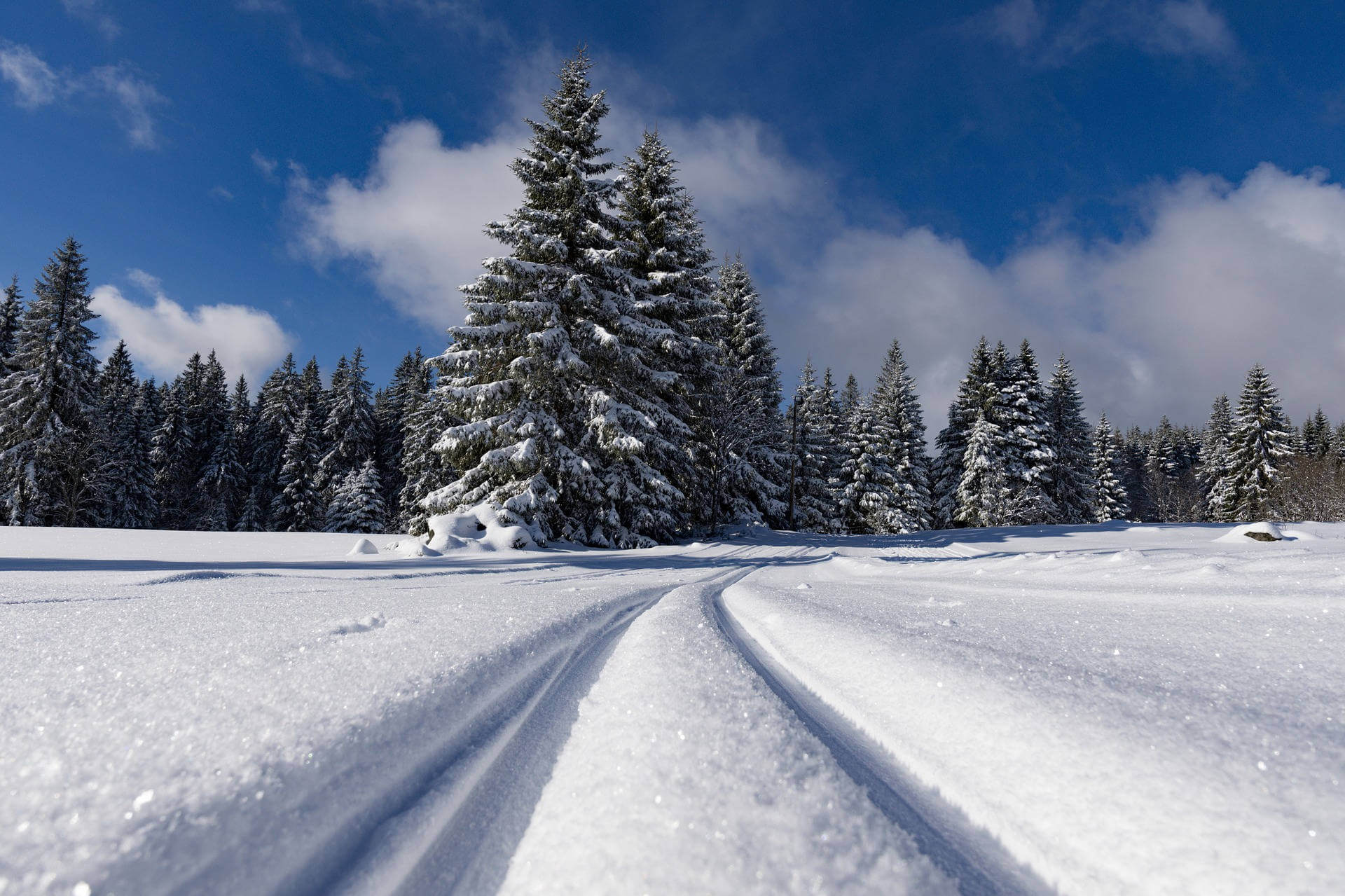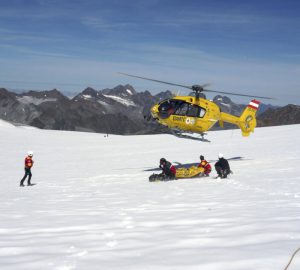Cross-country skiing is something for everyone. This is truly a sport to be enjoyed by the whole family. What makes cross-country-skiing so flexible is the fact that everyone can determine their own difficulty and how fast and how long they want to be underway. From a leisurely tour through the snowy landscape to winter cardio training, anything is possible and Tatonka is going to show you the different styles.
Classic vs. Skating
The main aspects that differentiate the two techniques are the movement, the trails and the material.
Depending on the discipline, the cross-country skiing trails are also prepared differently. With classic cross-country skiing you are driving on a solid trail, while with skating there are no predefined tracks. Instead you will be going on prepared trails (slopes).
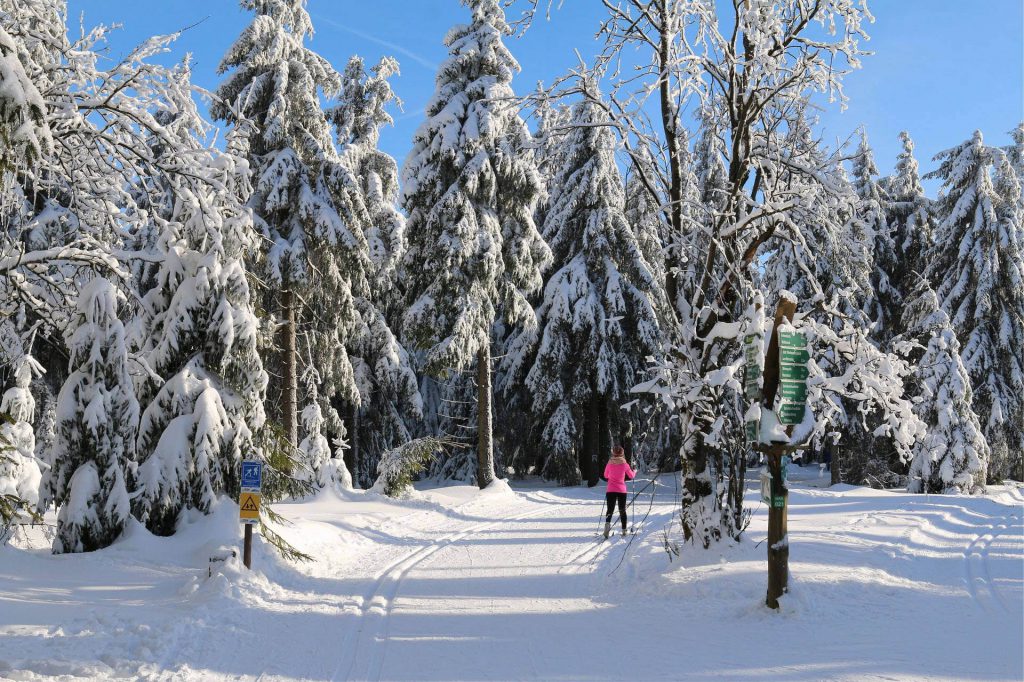
In the classic style, the forward momentum is derived from diagonal movements. For this movement, you will cross-coordinate your arms and legs, which means that when the left arm goes forward, the right leg goes back simultaneously and vice versa.
With skating, the movement is a lateral one. You push one ski away from the ground in a lateral movement in order to move forward. The skating motion sequences are freer than classic ones, which is why there are different forms.
One of the most common one is the “ice skating step”, which – as the name indicates – mirrors the movements of an ice skater, pushing themselves off the ground in a reciprocal left-and-right movement. The motion sequence can be for example the 1:1 technique, or the 2:2 technique.There are also the double-pole-push and the half-ice-skating-step. The skating motion is actually quicker than the diagonal style.
Also interesting: Outdoor trend snow shoe trekking: winter at its best
Different material
The two styles also vary greatly when it comes to the material. Ski and ski pole length, the bindings and the wax are all different. Generally speaking, a classic cross-country ski will be slightly longer than a skating ski.
It is exactly the other way round with the ski poles, meaning the classic poles are shorter and the skating poles longer. Classic poles will be prepared with grip wax in the middle of the ski, in order to create a “grip zone”.
Skating skis, however, are entirely designed for gliding and hence have no grip wax zone. When comparing the bending line, it becomes apparent that the skating ski is slightly harder than the classic ski. This is a functional design, which is creating a perfect gliding movement through optimal pressure distribution.
Generally speaking, it is best for beginners to start with the classic variation. The solid trail will make it easier to handle the skis in the beginning, since they cannot break loose from it. Also, the technique is less demanding than skating and requires less stamina.
Tip: Outdoor Fun in the Snow: The Best Cross-Country Skiing Routes in the Bavarian Fores
Nordic Cruising
In the last couple of years, a special form of cross-country skiing has emerged: the so called Nordic Cruising. Nordic Cruising can be undertaken either on prepared trails or cross-country, which will really allow you to take in the landscape and nature itself.
The main focus of this type of cross-country skiing is not the physical activity but rather experiencing nature. The skis that are used here are shorter and broader than regular cross-country skis and offer more support in the wild nature, because do not sink too deep, even in deep powder snow and stay on track better, too.
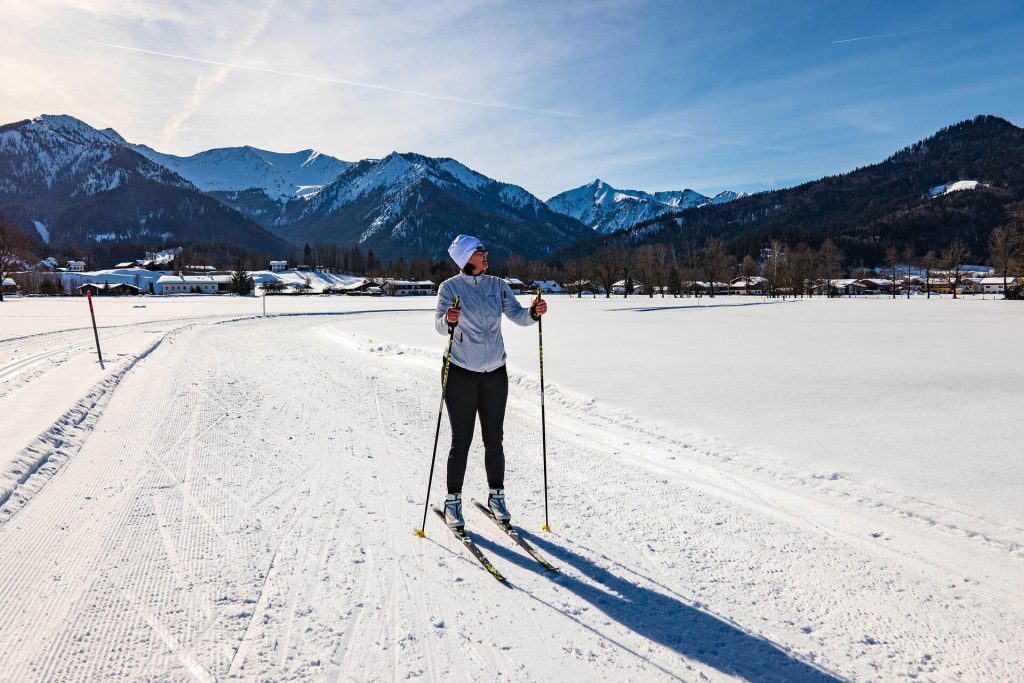
Nordic Cruising can be compared to Nordic Walking, as it is also gentle on the joints and strengthens the body’s defenses and the cardio vascular system. Therefore, Nordic Cruising is particularly recommendable to older people or all those, who want to take it a little bit slower.
Perfect stamina training
Cross-country skiing is also the perfect stamina training for everyone, who simply cannot do without their physical training outdoors. According to the German Ski Instructors’ Association (Deutscher Skilehrerverband), almost no other sport benefits the body as fully as cross-country skiing.
The physical activity outdoor stimulates the metabolism, breathing and stamina. Also, 80 to 90 percent of the time, the only means to move forward is through effective use of the cross-country skiing techniques, working out various muscle groups, which in turn leads to a high calorie consumption and faster fat loss.
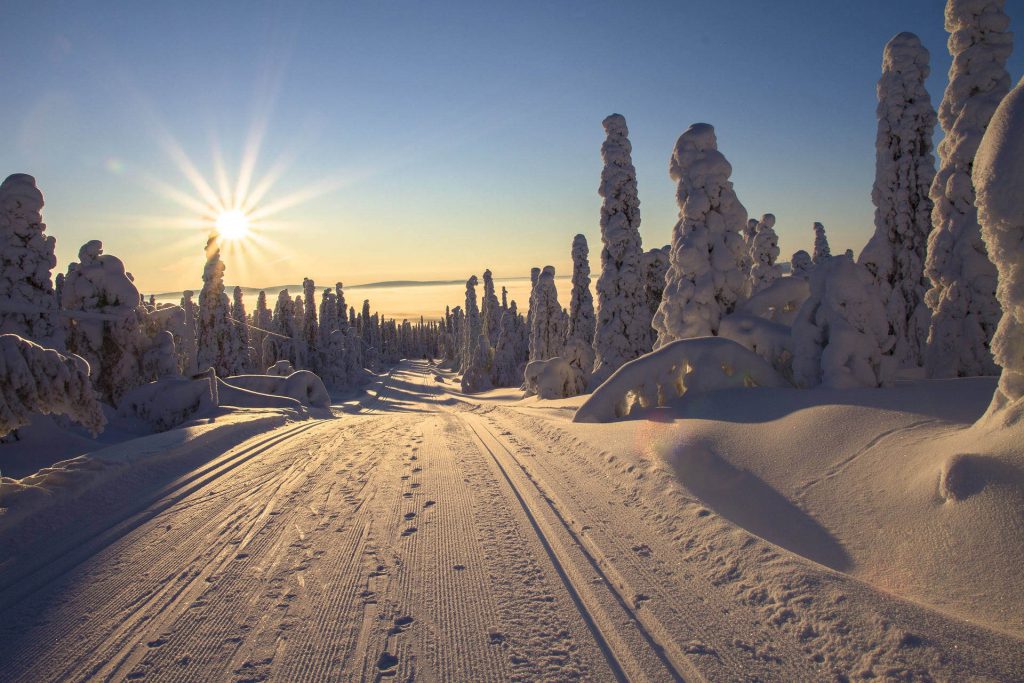
However, it is important to start slowly – especially if cross-country skiing is supposed to become a part of your stamina fitness training. The skating technique is predestined for this, although it requires a certain amount of experience.
Good to know: Skiing tour to the Güntlespitze, Switzerland




